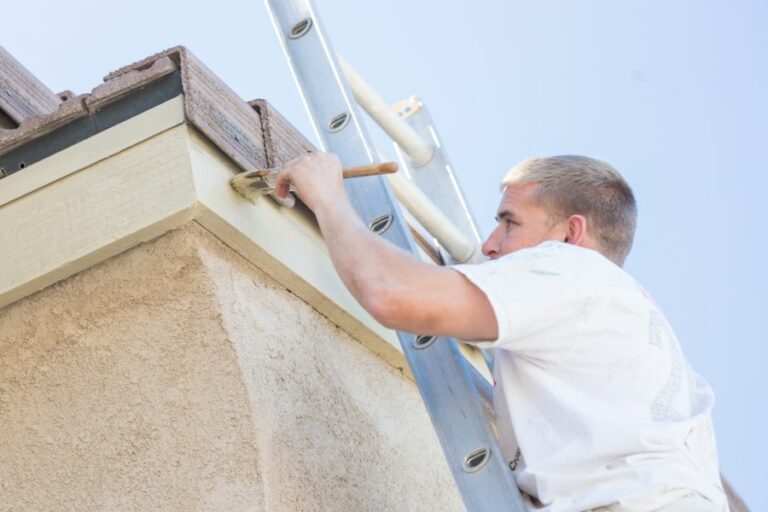Protecting Adjacent Areas From Harm. What Pros Say
The safety of our surroundings plays a crucial role in maintaining the overall well-being of communities and their residents. As we dive into the discussion on protecting adjacent areas from harm, we have thoroughly researched and analyzed multiple solutions and approaches to addressing this critical issue. Together, we will explore effective methods and preventive measures that can be implemented to create a secure environment for everyone.
Protecting adjacent areas from harm:
To protect neighboring regions from damage, assess potential dangers, implement measures to minimize environmental impacts, protect nearby structures, and preserve traffic and public facilities. Prioritize health and safety by managing noise and air quality, establishing safe work zones, and maintaining emergency plans. A balanced approach helps maintain a harmonious environment and ensures community well-being.

Discover the importance of safeguarding adjacent areas from potential hazards. Learn about innovative strategies and solutions that can help minimize risks and ensure the safety of your surroundings. Read on to unveil crucial information that can lead you on a path toward better protection.
Contents
Safeguarding Neighboring Regions from Damage
As professionals, business owners, and homeowners, we must take into consideration the potential harm that our activities and developments might cause to neighboring areas.
• Assessing Potential Dangers To Adjacent Areas
Before implementing any protective measures, you should first assess the risks that your activities pose to neighboring areas. This can include:
- Environmental impacts such as pollution, erosion, and habitat destruction
- Structural impacts such as vibrations and soil settlement
- Impacts on traffic and public facilities
- Health and safety concerns for surrounding populations
It’s essential to understand the context in which you’re operating and the potential consequences of your actions. Reviewing local regulations, consulting with stakeholders, and seeking expert advice can help you make informed decisions.
• Safeguarding The Environment
To minimize the environmental damage caused by your activities, you can implement the following strategies:
1. Control Erosion And Sedimentation
In areas of construction, soil excavation, and other land-disturbing activities, implement erosion and sediment control measures to prevent soil loss and sedimentation of adjacent watercourses.
2. Prevent Pollution
Manage the potential for chemical pollution by following correct storage, handling, and disposal procedures for fuels, oils, pesticides, and other hazardous substances. Employ spill containment and clean-up measures, and consider investing in stormwater management systems to filter out pollutants.
3. Preserve Natural Habitats
Identify and protect environmentally sensitive habitats in your project area, including wetlands, forests, and wildlife corridors. Minimize habitat fragmentation and disturbance, and whenever possible, engage in habitat restoration and enhancement efforts.
• Protecting Neighboring Structures
Activities such as construction, excavation, and drilling can sometimes pose risks to neighboring properties. To mitigate these risks, consider the following strategies:
4. Undertake Vibration Monitoring
Monitor vibrations generated by your activities to ensure they do not exceed acceptable levels. Excessive vibrations can cause structural damage and disruption to occupants of neighboring buildings.
You should also inform nearby property owners of your intentions and plans to address potential vibration concerns.
5. Ensure Adequate Shoring And Underpinning
If deep excavation works are required, ensure that adequate shoring and underpinning methods are used to protect the stability of adjacent structures. Consult with structural engineers to determine the appropriate measures for your project.
6. Monitor And Manage Ground Settlement
Construction activities can cause ground settlement, potentially damaging nearby structures. Regularly monitor settlement rates and take necessary actions to manage the situation.
• Preserving Traffic And Public Facilities
Heavy vehicles and large-scale operations can impact local traffic and public facilities. To mitigate these impacts, consider the following advice:
7. Create A Traffic Management Plan
Develop a traffic management plan to minimize disruptions to local roads and maintain public safety. This may involve coordinating with local transportation authorities to establish designated routes and schedule deliveries and diversions.
– 8. Secure Public Utilities
Ensure that your activities do not damage public utilities such as water, sewer, and gas lines. Notify utility companies in advance of your plans, and coordinate with them to protect their assets.
• Prioritizing Health And Safety
Lastly, it’s crucial to prioritize the health and safety of nearby populations by following guidelines set by regulatory bodies and engaging in best practices.
9. Manage Noise And Air Quality
Take steps to minimize noise pollution through the use of silenced equipment, noise barriers, and appropriate working hours. Monitor air quality and implement dust reduction measures, such as using water sprays and green barriers.
10. Establish Safe Work Zones
Create safe work zones by erecting temporary fencing and providing appropriate safety signage. Keep dangerous materials and equipment secured and away from public access.
11. Maintain Emergency Plans And Protocols
Develop and maintain emergency response plans and protocols to manage potential accidents and incidents on-site. Make sure that all staff are trained and know what to do in case of an emergency.
• Moving Forward: A Balanced Approach
Protecting adjacent areas from harm requires a balanced approach, where you carefully consider potential impacts and implement appropriate mitigation measures.
By doing so, you can proactively avoid conflicts, maintain a harmonious environment, and enhance the long-term health and safety of your community.







